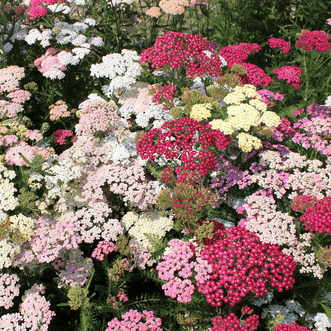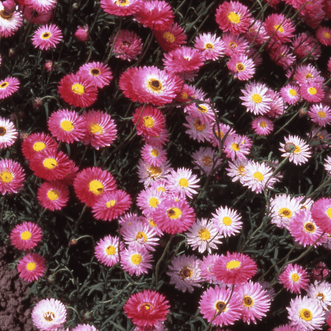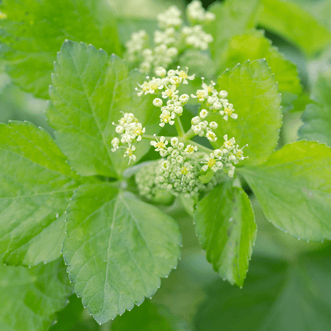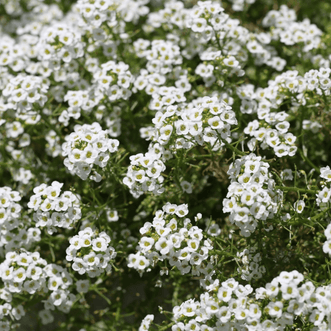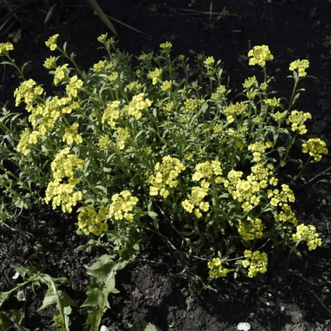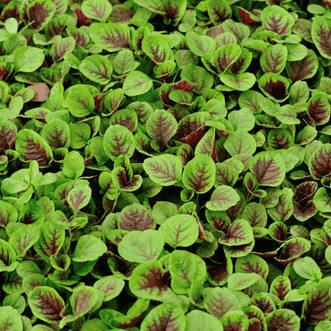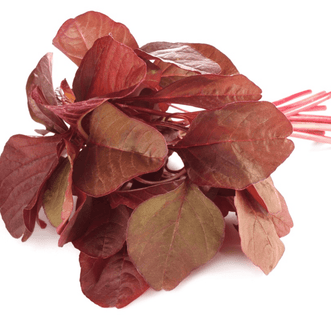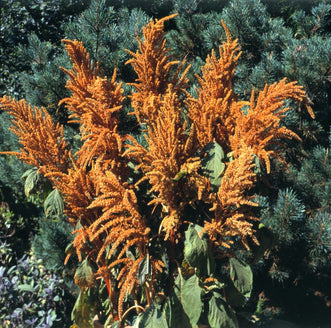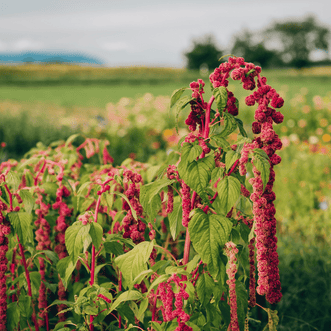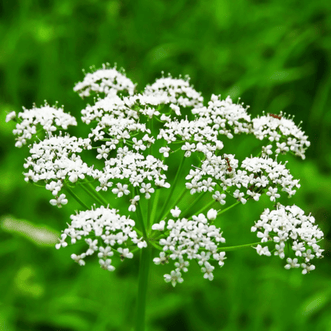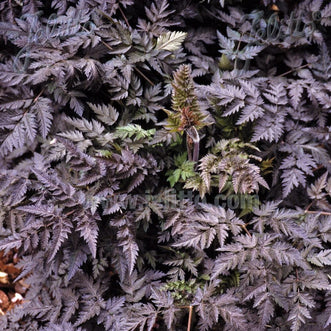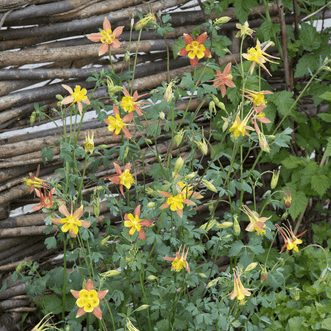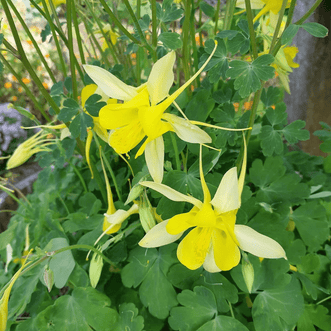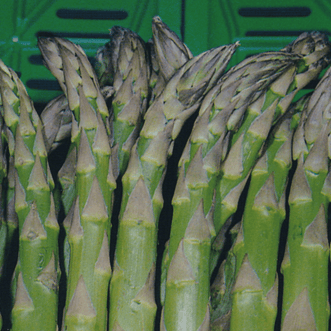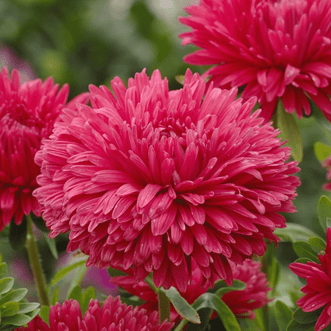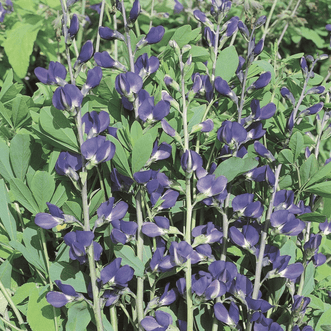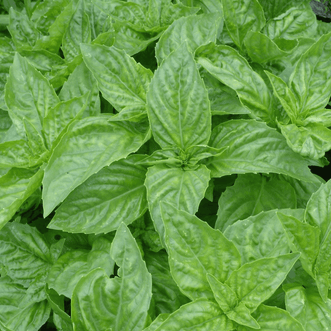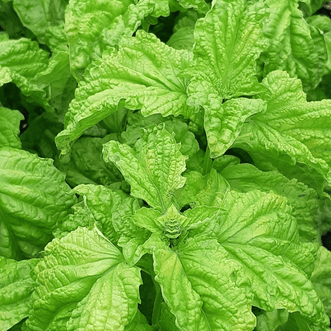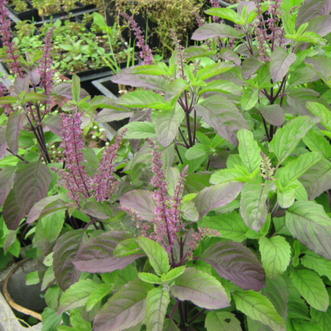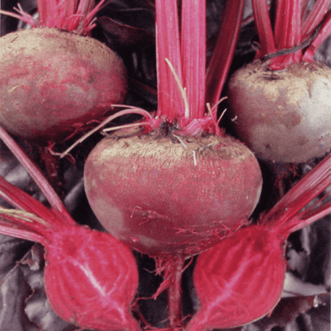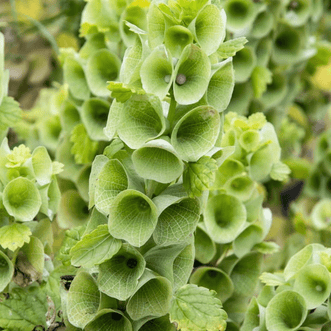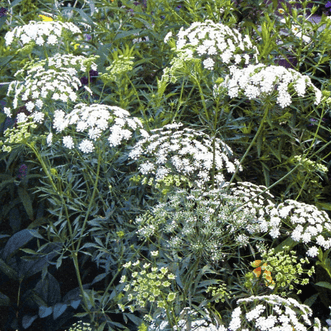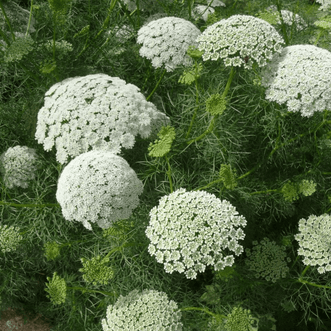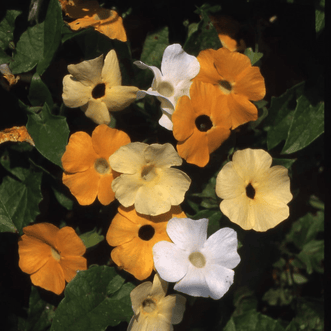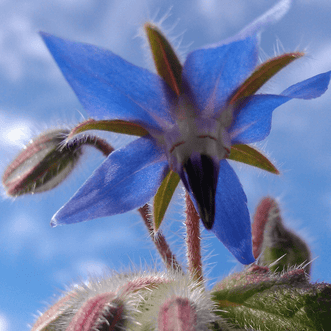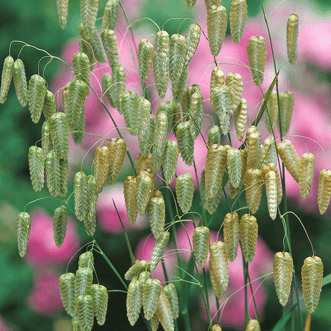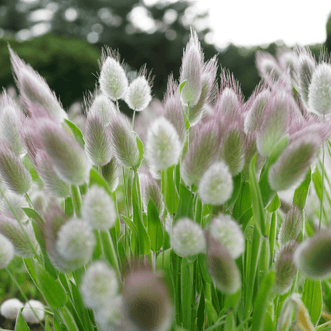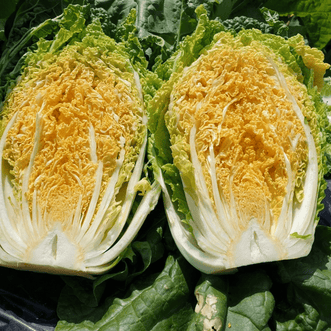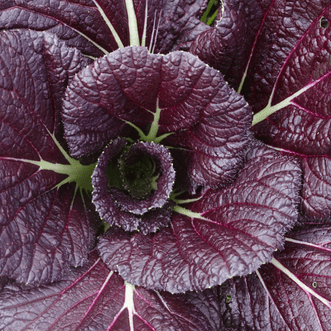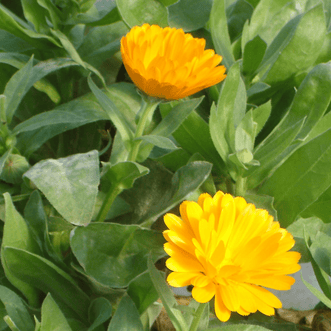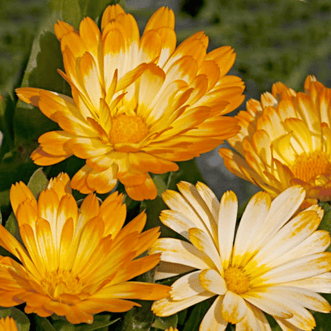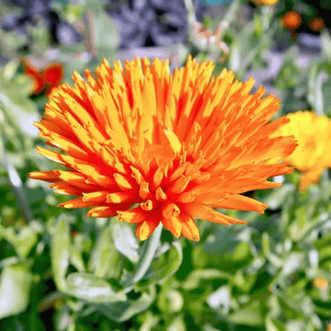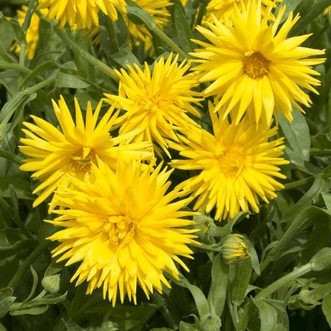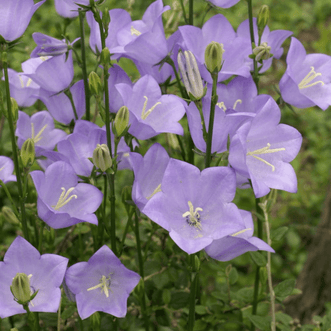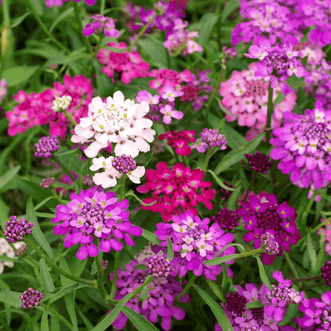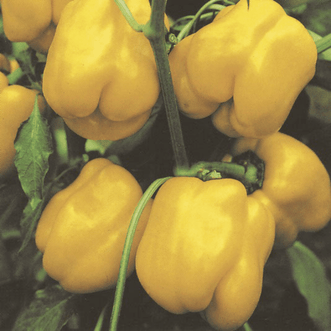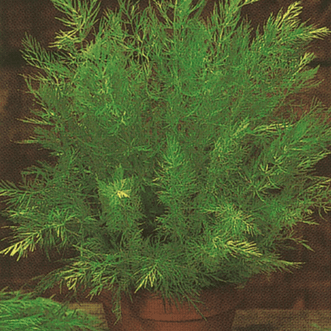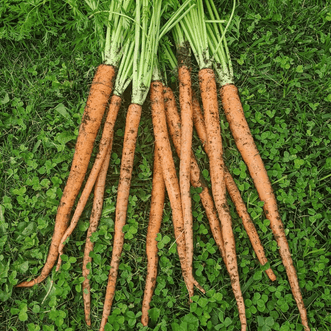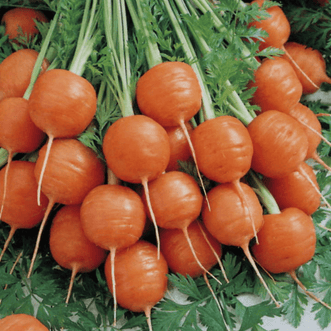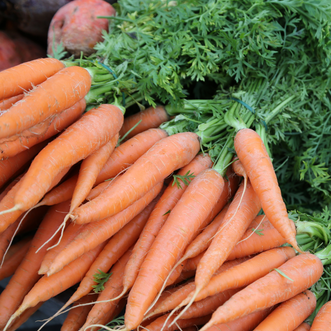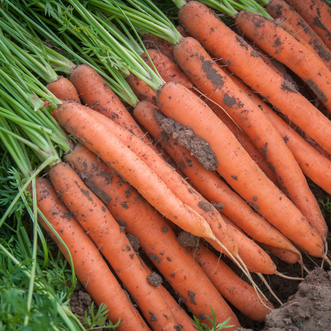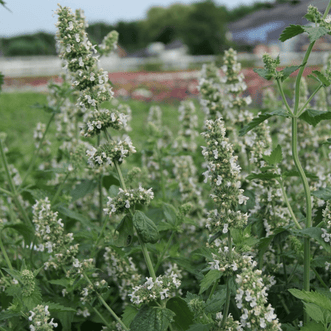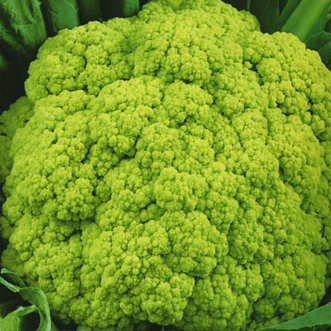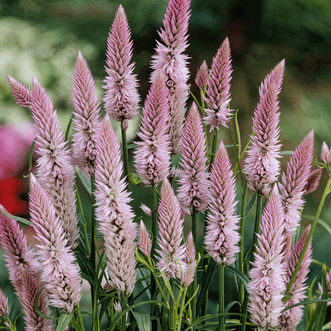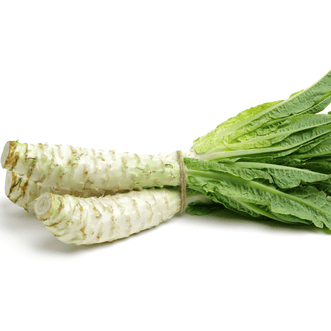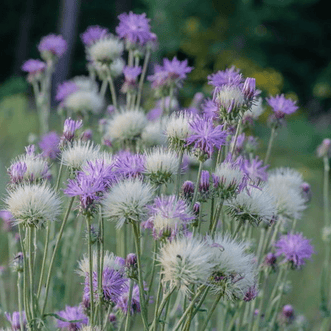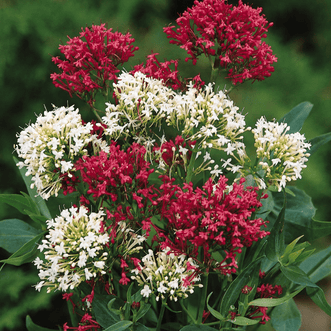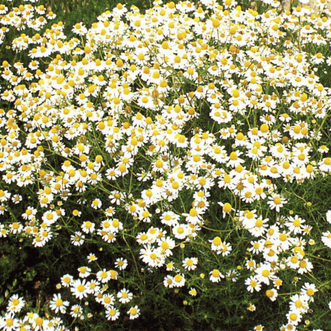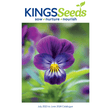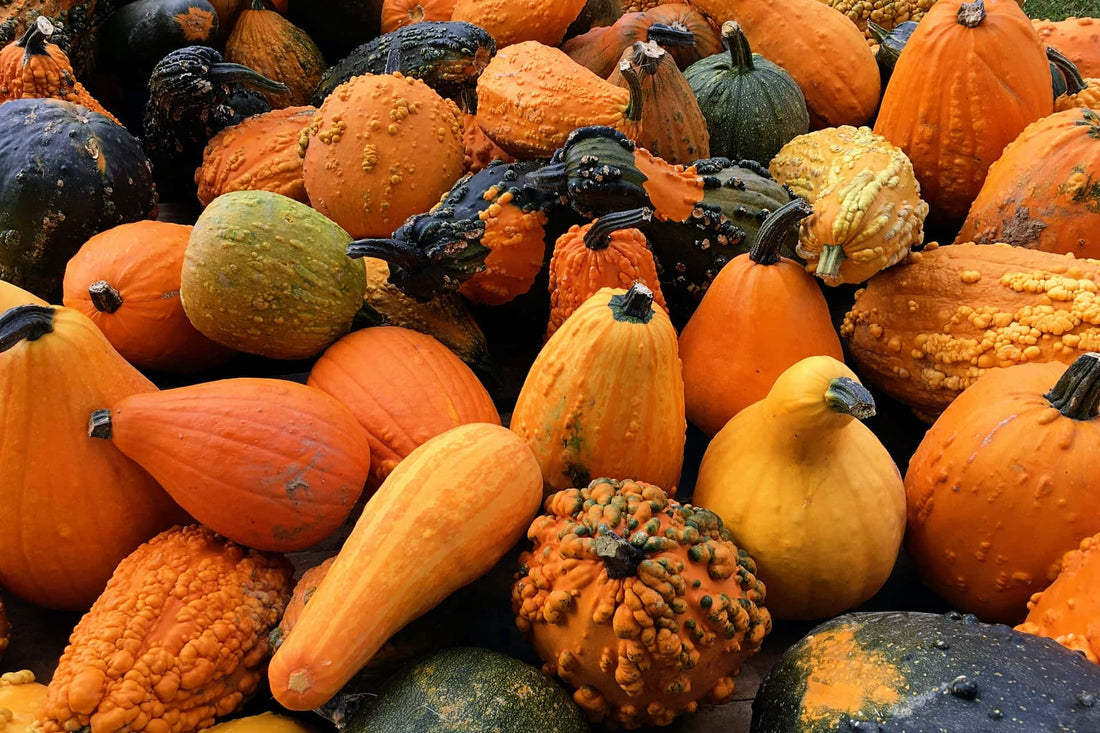
Pumpkin & Squash Harvest Time
KarenA fantastic resource has been a beautifully presented book by Amy Goldman called 'The Compleat Squash'. The spelling in the title is interesting and the description on Google made me smile; "the archaic spelling of complete". The photos in this book are stunning and her passion for this vegetable is demonstrated in the knowledge she imparts. This American author works hard to preserve agriculture heritage and apparently became interested in squash fifteen years ago when she saw one displayed in New Zealand.
ORIGINS OF THE NAME
The word pumpkin originates from the word pepon which is Greek for "large melon". The French adapted this word to pompon which the British changed to pumpion and later American colonists changed that to the word we use today, so it appears that many nations have had a hand in creating the word pumpkin.
GROUPS
Pumpkin and Squash can be put into four groups:
- Pumpkin - the name used in NZ, the UK and Europe for hard skinned varieties. Traditionally, pumpkin is eaten in the USA as a sweet rather than savoury dish, in the UK as cattle feed, and in Europe they eat the flowers, seeds and flesh.
- Winter Squash - the name used in the USA for hard skinned varieties. These include Butternuts and Buttercups.
- Summer Squash - the name used in USA for soft skinned varieties. These have no storage properties and have to be eaten soon after harvest. In New Zealand we don't use the name summer squash as commonly. Some examples are zucchini (also known as courgette) and scallopini.
- Marrow - a different variety again. An overgrown summer squash is NOT a marrow
COMMONLY ASKED QUESTIONS:
We are often asked which of our pumpkins can be grown for harvesting edible pumpkin seeds. The pumpkin we sell that has hull-less seeds, and can therefore, be easily harvested for edible seed is Pumpkin Baby Bear.
Another common question is which pumpkin to choose when wanting an ironbark pumpkin. Ironbark pumpkins are good keepers as they have very hard skins, often so hard that they need to be opened with an axe, hence the name. The pumpkins in our range that are ironbark pumpkins are Pumpkin Marina de Chioggia, Pumpkin Queensland Blue and Pumpkin Triamble.
The Pumpkin to choose if you are wanting to grow giant pumpkins for competition is Pumpkin Atlantic Giant. If you would like to read our blog post about growing giant pumpkins, please click here.
HARVESTING
Pumpkins and squash can be harvested approx 120 days from transplant, when the skin is hard and the stem is drying off. The stem is also known as the wick. The wick drying off is an indication of maturity because when it dries off there is no more moisture going to the fruit, so the fruit will not continue to grow. The foliage will also be dying off and you should be able to see your crop. Another tip is to use the Thumbnail test - it is ready when it resists puncture by a thumbnail but as several of the staff pointed out here at Kings Seeds, that's only feasible if you are not a nail chewer.
Remove the pumpkin from the vine, leaving a good wick on. This aids the curing process and treating the wick with care will help to increase the storage life of your pumpkin. Picking your pumpkin up by the wick is not a good idea as it may damage the skin, allowing rot to set in. The opposite end of the pumpkin can be susceptible to 'Blossom end rot' when the fruit sits on the ground or is stored in an environment that is not dry enough.
CURING AND STORAGE
All pumpkins will improve immensely in flavour and sweetness when left for a minimum of 3 weeks to cure after harvesting. I admit I sometimes find it hard to wait because I have so many recipe ideas running around in my head, but it is definitely worth it for the flavour improvement. The curing process also allows the skins to harden, thereby enhancing storage times. Pumpkins that have been allowed to mature and cure should last 3-6 months in storage.
The storage area should be well ventilated, allowing air to circulate around the fruit. An old wire-wove bed base or an old wire gate off the ground is perfect for storing your pumpkins. Leave them in a single layer. Lining your shelf with newspaper or cardboard can make cleanup easy if any of your fruit does begin to rot and dissolve into a sticky puddle.
RECIPES
Pearl Barley & Pumpkin Salad
Ingredients
- 2 cups pearl barley
- 1 chicken stock cube
- 1/2 pumpkin, peeled and cut into bite size chunks
- 3 spring onions or 1 small red onion, chopped
- 1 block of feta, crumbled
- 1 cup broccoli, chopped & steamed
- 1/2 cup basil, chopped
- 2 Tbsp sherry (optional)
- 3 Tbsp lemon juice or red wine vinegar
- salt & cracked pepper
Method
- Preheat the oven to 200oC.
- Toss pumpkin pieces in small amount of oil (approx 2Tbsp), salt & pepper.
- Cook in oven until tender (approx 25 mins), stirring halfway through to brown all over.
- Bring a pot of water to the boil, add chicken stock cube, 1 tsp salt and pearl barley and simmer for 25 minutes until tender.
- Drain the pearl barley and tip into a large bowl.
- Add the roasted pumpkin, and all other ingredients.
- Mix together gently and serve while still warm.
Pumpkin Spice Cake
Ingredients
125g butter
1½ cups sugar
2 eggs
1 cup cooked pumpkin pulped (2 cups raw pumpkin)
2/3 cup sour milk (add 1 tsp vinegar to ordinary milk)
1¾ cups flour
2 tsp baking powder
1 tsp salt
1 tsp baking soda
2 tsp cinnamon
½ tsp nutmeg
½ tsp ginger
Method
- Grease and flour 23cm cake tin
- Cream butter and sugar until fluffy
- Add eggs, beating well after each one added
- Combine pumpkin pulp with sour milk
- Sift dry ingredients
- Add dry ingredients and pumpkin mixture alternately to butter mixture
- Bake 180ºC for 50 mins
- Ice with vanilla butter icing:
- 125g softened butter
- 1½ cups sifted icing sugar
- 1-2 tsp vanilla essence
- Cream ingredients together adding little amounts boiling water to give fluffy consistency
Enjoy your pumpkins and squash and all the wonderful things you can make with them. Get creative in the kitchen or try some carving to create a lantern. Get the kids involved. Whatever you do with your harvest, have fun. I intend to.

